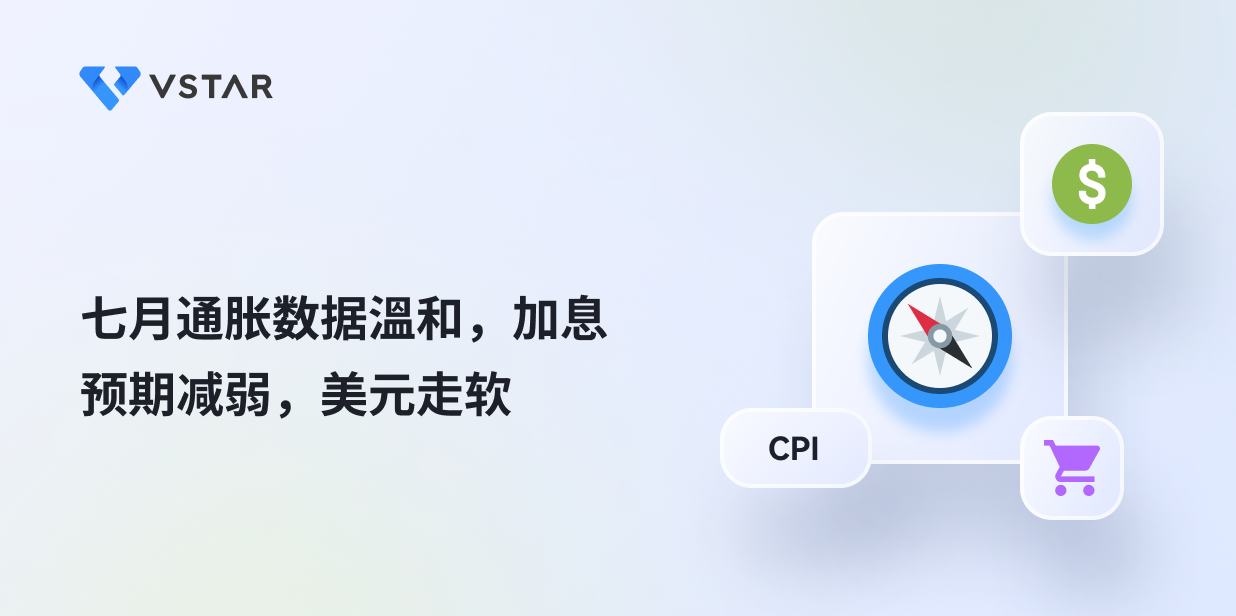每当你检查价格图表时,总有一种基本方法来解读它们,它们可以是区间范围或趋势。区间市场通常不会引起投资者和交易者的兴趣,因为他们通常无法判断价格的下一个方向。相反,趋势期通常是入市的最佳时机。价格在没有太大阻力的情况下长时间朝一个方向移动。
当价格向上(上升趋势)时,称为牛市,而当价格向下(下降趋势)时,则称为熊市。
确定市场类型通常是价格分析的第一步。你必须了解它们应该如何影响你的决策和执行。因此,本文分享了你应该了解的有关市场趋势的所有信息。你将学习如何以不同的方式识别当前条件,这将帮助你从中获利。
了解牛市
如前所述,看涨市场是上升趋势。由于多种经济因素,价格继续上涨,阻力很小或没有阻力。“Bullish”是从“Bull”中创造出来的,它有几个可能的起源。一种流行的解释是公牛(具有攻击性的肌肉发达的动物)攻击对手的象征性方式。他们通常用牛角将敌人推向空中,类似于价格的上涨趋势。
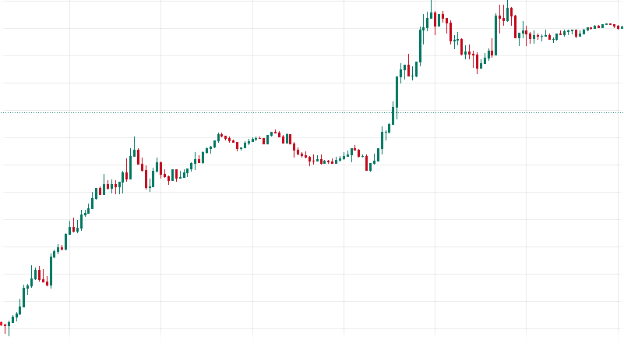
牛市的特征
作为交易者,出于多种原因,看涨市场应该是你最期待的条件之一。它们在图表中相对容易被发现,并且可以持续很长时间。此类市场通常具有以下特征:
资产或货币对价格上涨
看涨情况总是意味着标的资产的价格正在上涨。它可以是特定股票、某些商品或货币。随着价格趋于上涨,它们变得更有价值,这通常会吸引投资者。
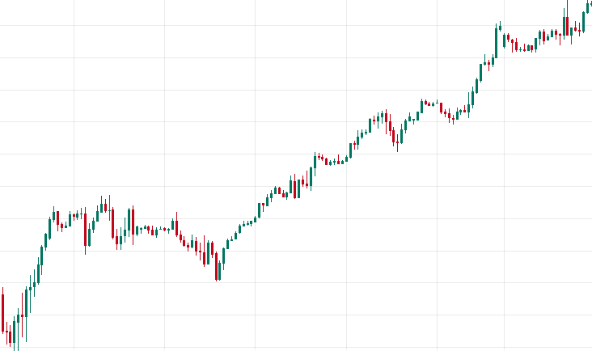
然而,外汇中的货币对则要复杂一些。汇率上升意味着报价货币的价值与基础货币相比正在下降。例如USD/CAD汇率是1.34420。1美元将值1.34加元。因此,100美元将等于134加元。
然而,当汇率在牛市中升至1.4187时,兑换1美元将花费1.4187加元。因此,100美元将值142加元。与货币对中的加元相比,美元的价值是固定的。
投资者信心和买家活动
通常,当投资者有信心看涨情况将持续时,他们会继续投资市场。由于对资产的需求增加以及供应稳定或减少,此类新进入的资金进一步推动了上涨趋势。
积极的经济报告是投资者信心增强的主要原因。例如,表明GDP增长更好、通货膨胀率和失业率更低的公告对经济来说是积极的。在此期间,投资者看涨市场,并相信它们将是可持续的。
由于有可能获得更大的利润,他们不会介意面临更多风险。随着交易平台交易量的增加,你可以检测到购买活动的增加。
多头头寸的机会
作为初学者,你可能听说过顺势交易。顺势交易会让你的交易获利机会更高,并且不难注意到这种价格运行。
因此,看涨市场提供了开多头头寸的最佳机会。你的买单将以较低的价格持有,并持有一段时间直到价格上涨。积极的经济因素和自信的投资者应该支持你对更高价格的希望。但是,你必须始终意识到每笔交易所涉及的潜在风险。
没有人能100%确定下一个价格方向。因此,请始终遵守你的风险管理策略。
较低的波动性
通常,看涨市场的波动性往往最小。这对投资者和交易者来说是一个巨大的优势,他们可以更加放松,因为价格大幅波动不会执行他们的止损订单。造成这种情况的主要原因是:
- 相对稳定的经济
- 更大的投资者信心
- 有利的货币政策
但是,在某些资产类别中有时会有所不同。例如,商品通常比货币更不稳定。因此,即使在看涨的情况下,你也应该预料到此类市场的价格会有更多波动。
熊市概览
看跌市场与看涨市场正好相反。在这种情况下,价格长时间处于下行趋势,很容易突破支撑位。
“Bearish”来自“bear”,部分原因是动物面朝下攻击它们的猎物/敌人,例如较低的价格走势。然而,人们也将其与中世纪联系起来,当时被称为“熊”的中间人甚至会在从捕兽者那里收到动物皮之前就卖掉它们。
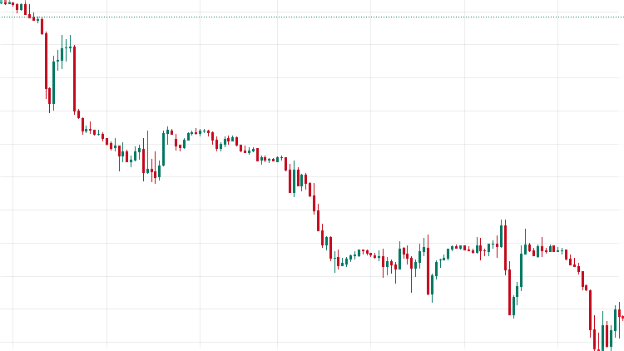
他们希望在较早的协议达成后价格会下降,这样他们就可以从成本价和售价的差价中获利。因此,它描述了期望价格在今天的金融市场中向下移动的愿望。
即使在长期看跌的市场中,也存在短期和中期回撤,你通常会在较短的时间范围内找到这些回撤。
熊市的特征
降低资产或货币对的价格
在熊市中,股票、股票或商品等金融产品的价值通常会下降。它的价格在很长一段时间内持续下跌,这对交易者和投资者来说普遍是悲观的。

如前所述,由于货币对的设计,看跌情况大多只对基础货币不利。当汇率下跌时,货币对中的第二种货币通常也会受到影响。
经济疲软
一个国家的经济性质会影响金融市场。因此,当价格下跌时(如在看跌情况下所见),经济可能处于低迷状态。
经济指标可能表明以下任何一项以确认这种弱点:
- 国内生产总值增长缓慢
- 失业率上升
- 通胀上升
- 消费支出下降。
例如,消费者价格指数(CPI)提供了对一个国家/地区通货膨胀的洞察力。它是某些商品和服务随时间的平均价格变化。因此,CPI上升表明通胀上升,反之亦然。有趣的是,经济疲软并不总是会导致所有货币对的价格下跌。
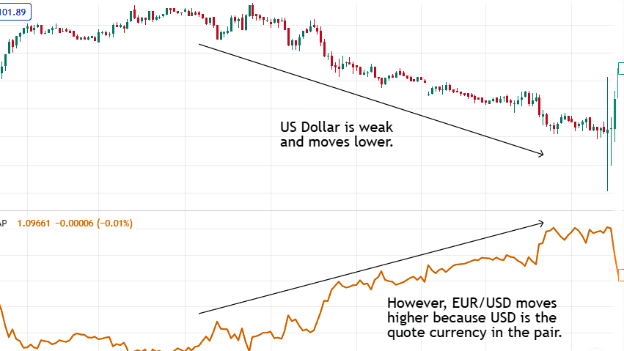
在货币的指数图表上,价格可能正在下跌。但是,如果该货币处于报价位置,其汇率可能会上涨。如果它是基础货币,价格就会下跌。
低投资者信心和卖家活动
在熊市中,总体情绪通常是负面的。因此,投资者将继续出售他们的资产,预期价格会继续走低。
出售所持股份的意愿进一步削弱了受影响的市场,因为市场需求将会减少。负面经济报告是投资者信心低落的主要驱动力。市场的运行取决于经济实力。因此,表明其疲软的消息永远不会鼓励更多投资。导致投资者信心低下的其他一些因素包括:
- 政治紧张局势,例如选举
- 不幸的事件,例如全球流行病
- 行业相关因素,例如影响商品的原油产量减少
空头头寸的机会
作为差价合约交易员,熊市是开空仓的最佳时期。你的交易入场(上图)和出场(下图)之间的差异应该有助于你保持盈利。
但是,如果你更喜欢交易外汇差价合约。当较弱的货币处于货币对的报价位置时,汇率可能会上升(而不是下降)。相反,当它是基础货币时,可以预期价格下跌。无论如何,请小心并了解差价合约交易中涉及的风险。
即使在熊市中,价格也始终有机会回撤至上方。因此,计算你的风险承受能力并为可能的不利结果做好心里准备。
识别牛市和熊市
识别市场趋势的技术分析技巧
技术分析涉及使用图表工具来解读市场。通过了解价格过去的走势,你可以预测未来的走势。
移动平均线
移动平均线(MA)是一种技术分析指标,用于计算资产在特定时期内的平均价格。你可以使用它通过将市场趋势与当前价格进行比较来识别市场趋势。例如,当价格高于MA时,可能表示市场看涨。相反,当它在下方时,它可能表明即将到来的下降趋势。
你还可以使用较长和较短周期的两条移动平均线来识别市场。如果短期MA移动到长期MA上方,则将其视为看涨信号。

然而,当短期移动平均线穿过下方的长期移动平均线时,可能预示著看跌市场。
相对强度指数(RSI)
作为一名技术分析师,你可能会发现相对强弱指数(RSI)对于识别价格趋势很有用。例如,当它处于超买状态(70-100)时,预计熊市即将到来。相反,当RSI超卖(0-30)时,你可以将其视为看涨信号。
使用RSI的另一种方式是寻找它与市场价格之间的背离。当RSI在价格创下较低的低点时创出更高的低点,这可能表明市场看涨。相反,当价格创出较低的高点而价格创出较高的高点时,看跌条件可能正在逼近。
价格行为交易
价格行为交易不是使用指标或震荡指标,而是使用简单的图表工具研究价格变动。
你可以使用以下任何一种方法来识别趋势:
- 寻找图表模式:头肩、双顶和双底等模式表示可能的趋势反转。
- 绘制趋势线:你可以绘制对角线来识别上升或下降趋势。上升趋势将有更高的高点和更高的低点,而下降趋势将有更低的低点和更低的高点。
- 寻求支撑和阻力水平:图表中有重要的价格水平。因此,找到它们可能会提供对趋势逆转的见解。

识别市场趋势的基本分析技术
基本面分析主要需要研究影响金融市场的现实因素。这种情况可能导致波动性增加或价格急速上涨或下跌。
分析经济新闻和数据
经济新闻报导是衡量一个国家经济整体实力的一些最佳指标。

它们将以多种方式影响金融市场。因此,保持最新状态并了解它们有助于你预测可能的看涨或看跌时期。例如,当一个国家公布的GDP低于预期时,投资者对市场的信心就会下降。大多数人会尽快出售其持有的资产,从而导致价格下跌。
你可能在新闻发布期间早就研究过并预料到了这一点。所以经济日历对此至关重要。
政治新闻和事件
与经济新闻一样,政治事件可以影响市场价格并迫使它们进入长期趋势。
它们可能出乎意料,例如地缘政治争端,也可能是预料之中的,例如州或总统选举。但是,研究此类事件如何影响市场情绪(正面或负面)以确定最可能的趋势。
例如一位始终支持需要利用原油来改善经济的候选人获胜。你可以预期政府政策的变化将改善石油行业。因此,原油商品的价格可能会随着时间的推移而上涨。
央行公告
研究中央银行的公告对于确定可能的价格趋势时期至关重要。
例如,他们最重要的报告之一是利率。利率以多种方式影响市场,因此请从以前的数据中了解它们将如何影响你感兴趣的资产。
在外汇交易中,较高的利率通常会增强货币,但较低的利率会削弱它们。相反,当利率上升时,现有债券和股票的价格会下降,反之亦然。
识别市场趋势在交易中的重要性
这是帮助你做出明智决策的任何分析的第一步。否则,你可能会冒着逆势交易的风险,这是专家们强烈批评的。
- 它提供有关影响价格的市场情绪的信息
- 它可以帮助你确定最佳的交易进入点和退出点
- 它通过避免逆势交易来帮助管理风险
牛市和熊市中的交易策略
确定牛市或熊市后,下一步应该做什么?你如何使用这些信息进行交易?你是否需要进行任何其他分析或计算?
牛市交易策略
当市场看涨时,尽量让你的决定倾向于市场的积极方面。像每个交易者一样,你可能永远不知道价格何时回撤或完全反转。然而,随着上升趋势进行交易要安全得多。
1.多头头寸
通常,你在看涨情况下的市价单或限价单应侧重于走高。你可以根据你的交易计划寻找入场技巧,并希望价格能达到你的止盈。有时,交易者会在怀疑大幅回调时开空头头寸。然而,他们大大降低了风险,因为它与潜在趋势背道而驰。
2.保护性止损单
看涨市场并不意味着价格会在没有回撤的情况下平稳走高。你偶尔会看到不同程度的回撤。因此,始终对你的所有交易设置保护性止损单。而且订单的头寸需要取决于你的风险承受能力。
3.追踪止损单
在牛市中,你可以确保获利并通过追踪止损获得回撤保护。设置起来似乎比止损单更复杂,但如果你合理设置追踪止损,它是非常有益的。作为一般规则,将其设置在保证你可观利润但允许价格合理波动的位置。
熊市交易策略
1.空头头寸
在差价合约中,看跌时你的市价单或限价单应该是“卖出”资产。从价格下跌中获利会更容易,尤其是当它是长期趋势时。
如果你是在熊市中拥有任何资产的投资者,请尝试快速出售它们。你永远无法预知下跌趋势会持续多久,所以不要冒险持有。
2.保护性止损单
当你在差价合约看跌时进行卖出交易时,请确保使用止损单保护它们。这是一项基本的风险管理技术,因为熊市通常是波动的。你可能永远无法预测回撤的长度,这可能会产生严重的后果,尤其是在小额交易账户中。
3.追踪止损单
你还可以使用追踪止损进行保护。当你无法在身边手动调整止损订单时,这将非常有用。它将保护你的空头头寸免受突然回调的影响,同时在价格朝你的方向移动时最大化利润。
最后的想法
看涨和看跌市场是最好的交易条件,因为价格长期朝一个方向移动。在看涨的环境中,价格轻松走高。相反,当看跌时,价格处于长期下降趋势中。
通过识别市场趋势,你可以将你的决策与市场的一侧保持一致,以确保有利可图的交易。考虑在上升趋势中做多,但在熊市中,专注于开设空头头寸。
此外,实施风险管理策略,例如设置止损单和移动止损单。趋势可以随时回溯或逆转。
常见问题
熊市与牛市的称呼是怎么来的?
价格下跌时称为熊市,价格上涨时称为牛市。这两个词指的是两种动物攻击的方式:熊用爪子向下扫,牛用角向上顶。
在熊市还是牛市买入更好?
一般来说,在熊市买入更好,因为价格更低。在牛市中,价格已经很高,因此风险更大。
2023 年是牛市还是熊市?
截至 2023 年 8 月,我们正处于熊市之中。主要股指在 2022 年进入熊市区域,价格从高点下跌超过 20%。
牛市比熊市持续时间长吗?
从历史上看,牛市比熊市持续时间更长。牛市往往持续数年,而熊市往往持续时间较短。但每个周期都不同。
*免責聲明:本文內容僅供學習,不代表VSTAR官方立場,也不能作為投資建議。














